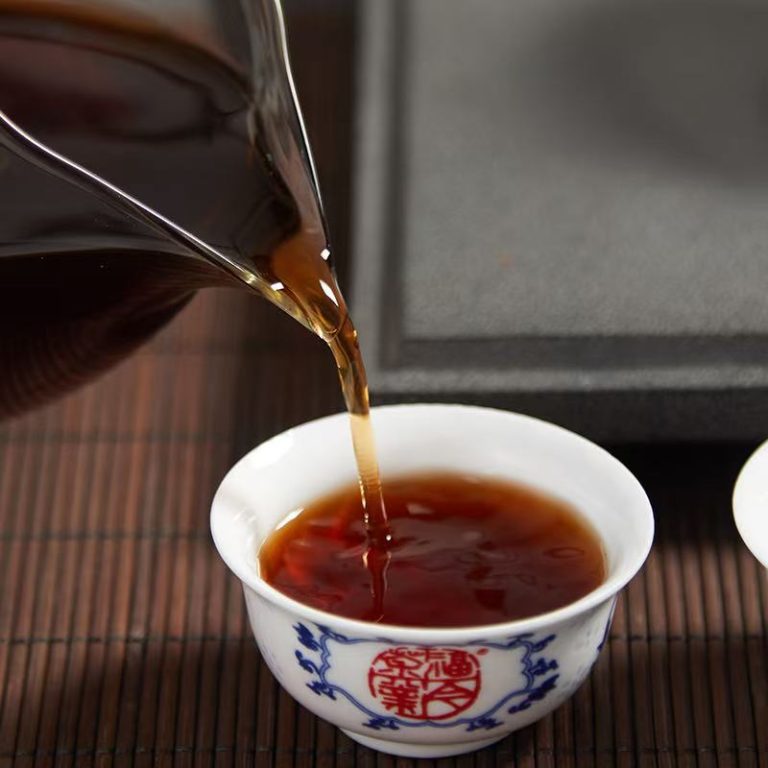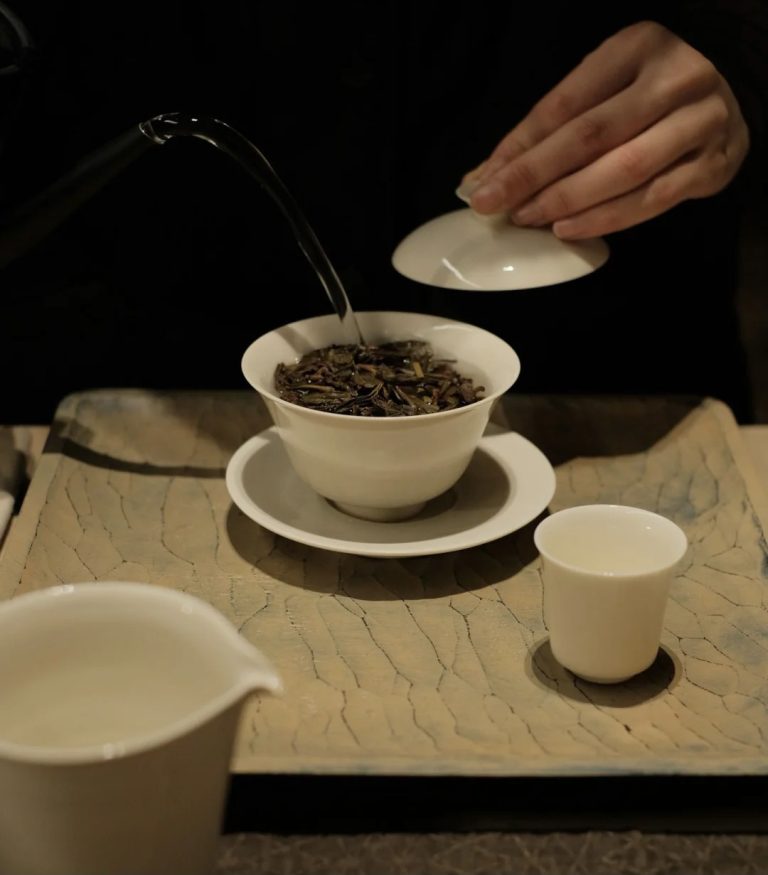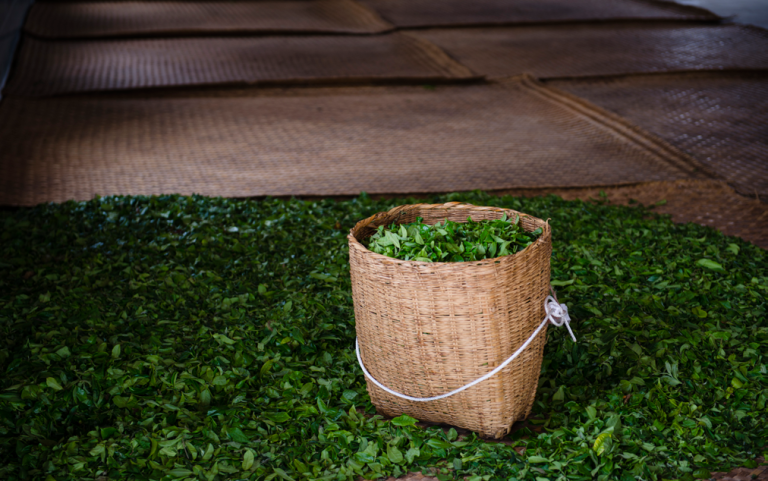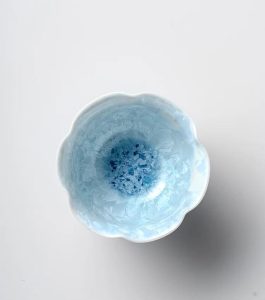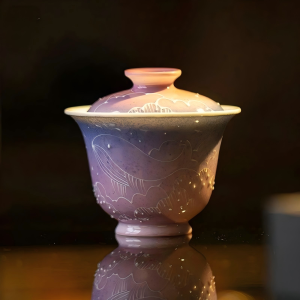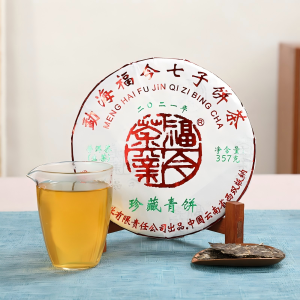
Kiln-glazing (yaobian, 窑变) is a revered Chinese ceramic technique known for producing unpredictable and unique finishes. Originating during the Song Dynasty, this art form developed through the centuries, combining traditional methods and modern innovation to create stunning ceramic pieces.
The Evolution of Kiln-Glazing
Kiln-glazing emerged as an experimental technique to enhance ceramic aesthetics. Over time, advancements during the Ming and Qing Dynasties introduced crackled and crystallized effects. Today, artisans use technology to refine the process while embracing its inherent unpredictability, making each piece a singular work of art.
The Kiln-Glazing Process: A Fusion of Art and Science
- Clay and Glaze Preparation
- High-quality clay is shaped, and a glaze containing minerals is evenly applied.
- High-Temperature Firing
- The ceramics are fired at temperatures exceeding 1300°C, allowing chemical reactions in the glaze to produce flowing textures or crystalline effects.
- Cooling and Unveiling
- The gradual cooling phase solidifies the glaze’s final look, unveiling each piece’s unique beauty.
Kiln-Glazing’s Cultural Significance

Kiln-glazing reflects the Chinese appreciation for nature’s beauty and imperfection. Its organic textures and vibrant finishes embody a balance between human creativity and natural forces, making it a timeless symbol of harmony.
Conclusion
Kiln-glazing is more than a craft—it’s an expression of history, culture, and artistic ingenuity. By celebrating the unpredictable beauty of this process, kiln-glazing continues to captivate collectors and ceramic enthusiasts worldwide. Whether in traditional ceramics or contemporary innovations, its legacy endures as a testament to the fusion of art and nature.
After reading this article, if you are interested in the kiln-glaze process, take a look at our hand-picked selection of kiln-glaze flower teacup.

